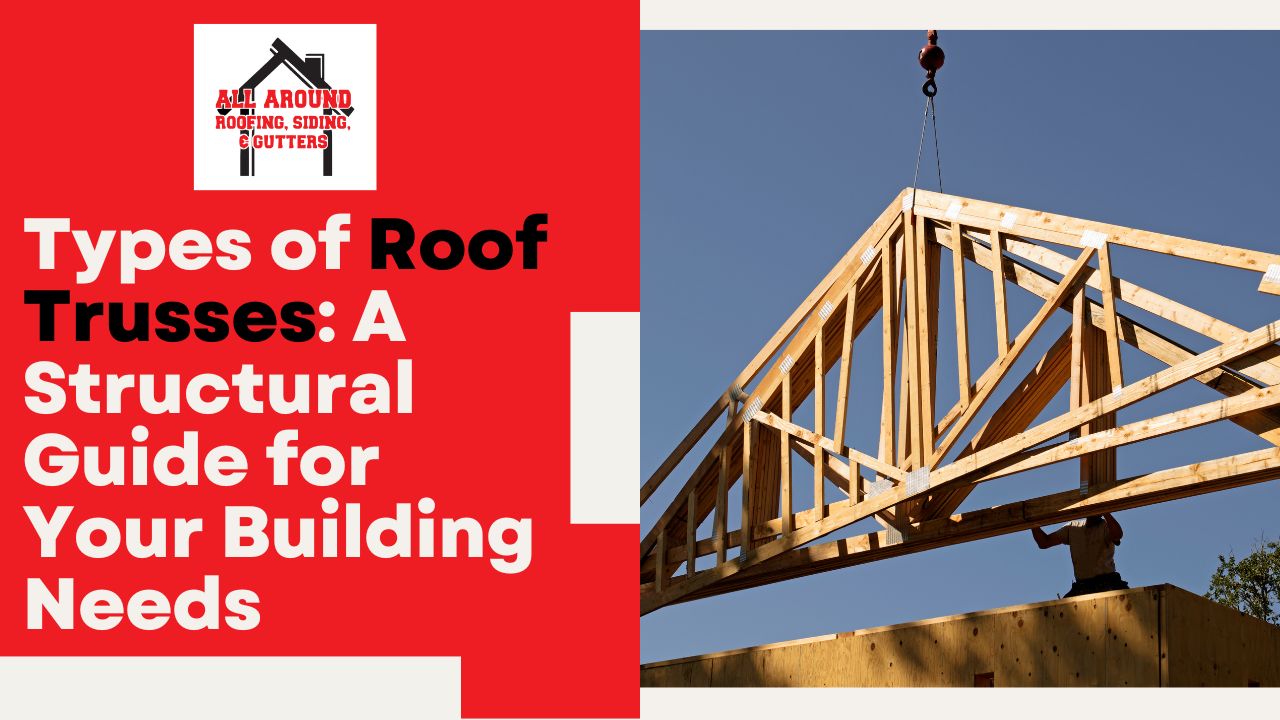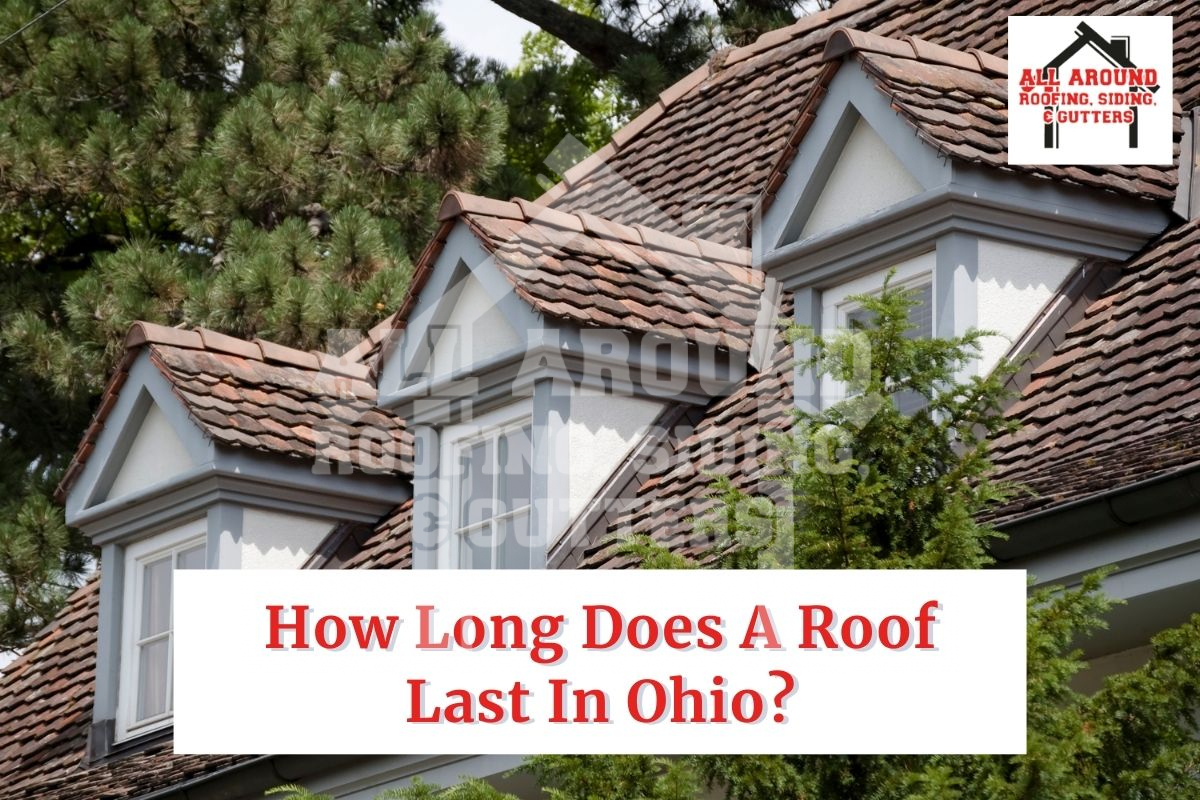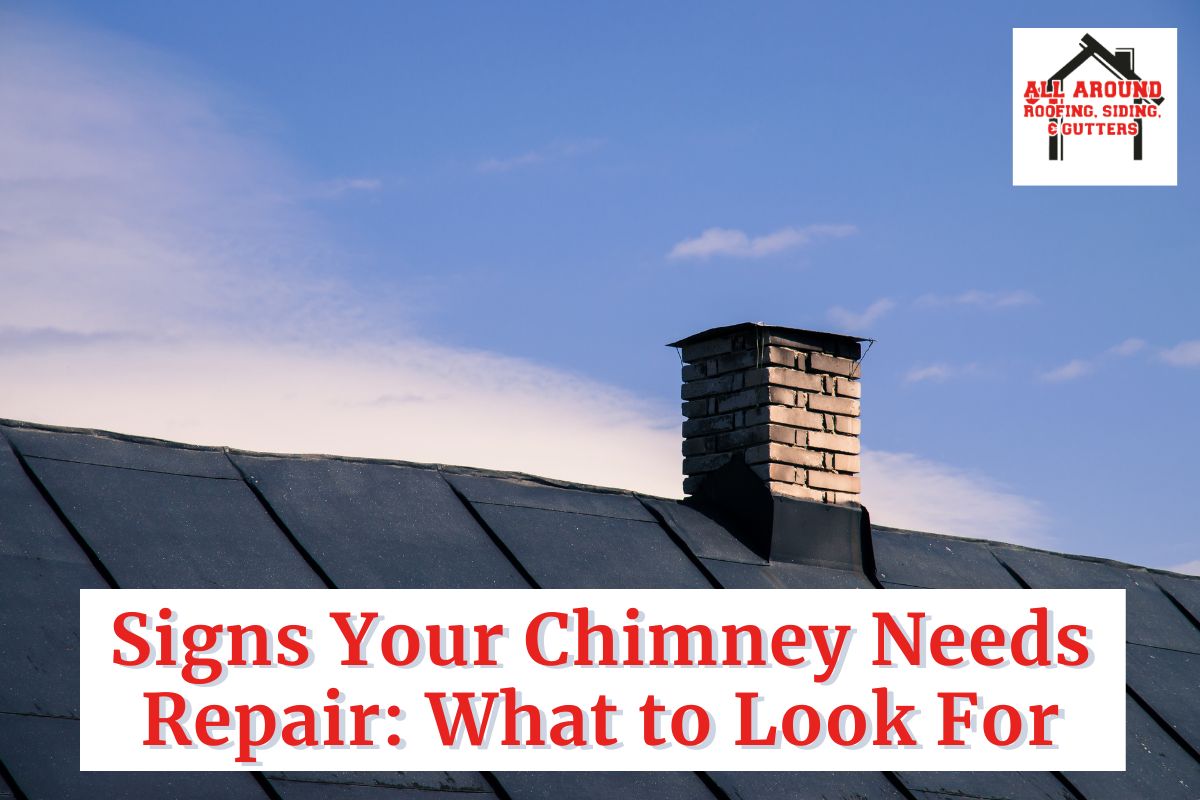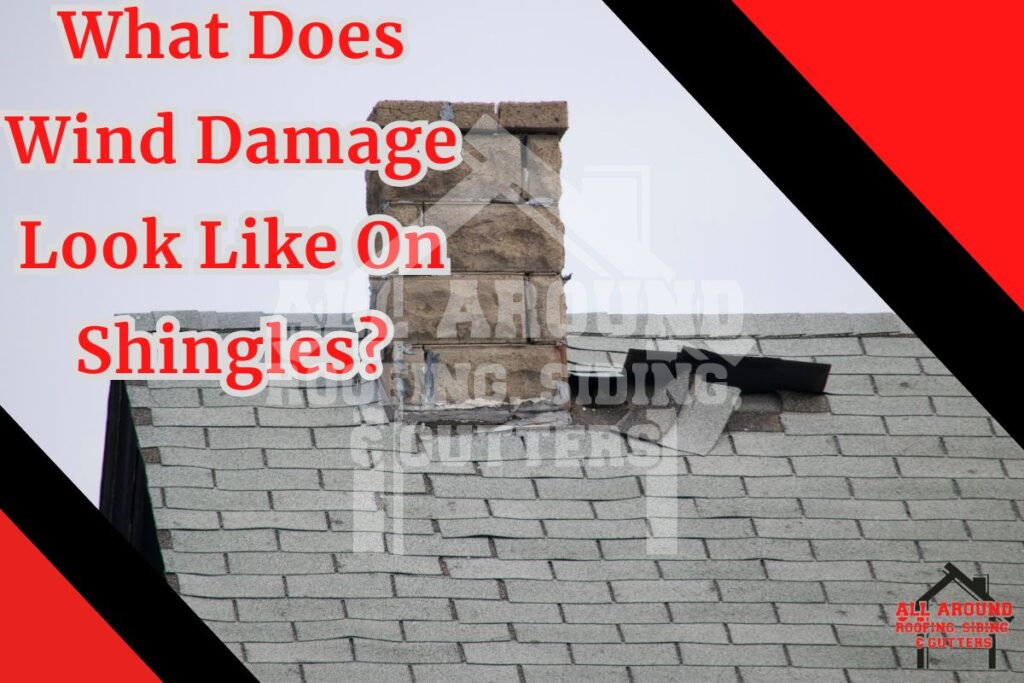
As homeowners, we frequently ignore the condition of our roofs until it’s too late. But if you watch out for the warning indications of wind damage to shingles, you can avoid future expensive repairs and structural problems. That is why, in this blog post, we’ll look at the common signs of wind damage to shingles so you can make the best decisions for your roof’s durability.
Why Is Paying Attention To Wind Damage On Shingles Important?
If you wish to preserve the integrity of your roof and protect your property, you must pay special attention to any wind damaged shingles. Strong winds have the potential to compromise shingles, leaving your roof open to additional damage that could result in leaks, structural problems, or even interior damage.
Handling wind damage can prevent these issues from worsening. Replacing or repairing wind damaged shingles maintains the roof’s resilience to future weather events. This also improves energy efficiency and averts the need for expensive interior repairs.
Routine inspections are necessary after severe weather events to detect and repair wind damage, prevent future damage to your investment, and guarantee a secure living space.
Some consequences of ignoring wind damage are:
- Leaks that cause water damage and harm to the roof structure.
- Structural damage requiring expensive repairs and risking home stability.
- Health risks from mold worsening respiratory conditions.
- Increased energy costs due to compromised insulation.
- Decreased property value and appeal.
- Potential insurance coverage loss, leaving owners responsible for repair costs.
Common Signs Of Wind Damage On Shingles
Now that you know how important it is to address wind-damaged shingles, let’s delve into the common signs of wind damage to your roof:
1. Missing Shingles
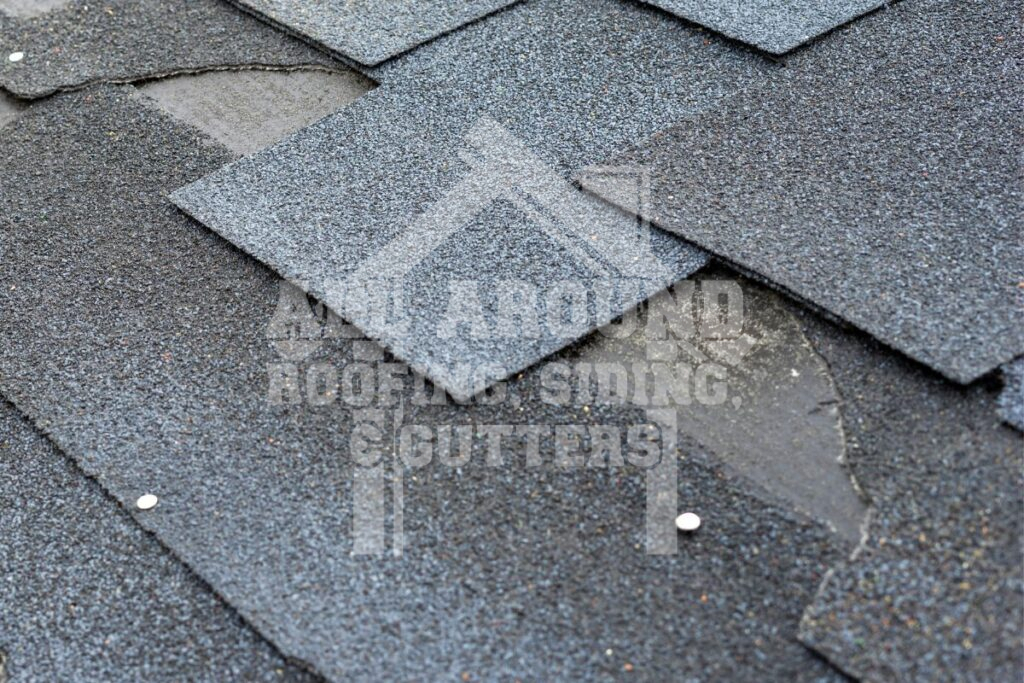
Strong winds can rip shingles off from the roof, leaving gaps that expose the roof deck. This exposes the structure to water leaks and further damage. To spot missing shingles, check for visible gaps or shingles on the ground around your property. If you suspect or find missing shingles, contact a roofer promptly for an assessment and repairs.
2. Lifting Shingles
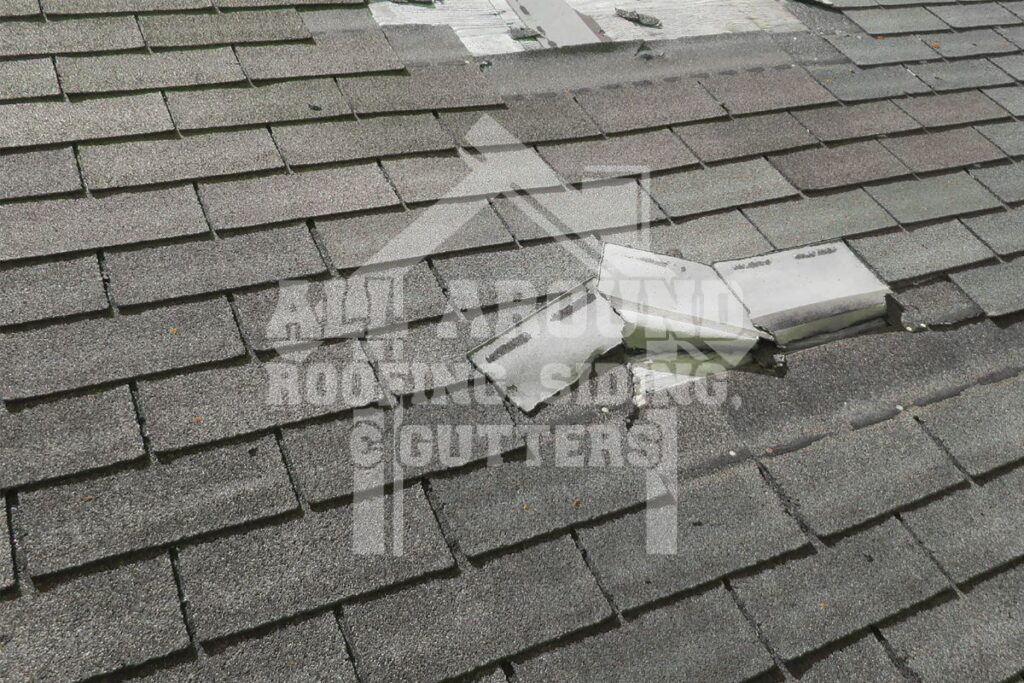
Wind can lift shingles, creating gaps that allow water to seep in. Signs include twisted or dislodged shingles. If you notice lifting, consult a roofing professional to assess the damage for any necessary repairs.
3. Curling or Buckling Shingles
Wind pressure can curl shingles at the edges, increasing their vulnerability to damage. Curling may indicate an aging roof or improper installation. Look for shingles with upturned edges and contact a roofer if curling is observed to determine if repairs are needed.
4. Granules in Gutters
High winds can dislodge granules from shingles, leading to an accumulation of them in gutters. A loss of granules compromises shingle protection. Check your gutters for granule buildup, indicating potential shingle damage that may require replacement.
5. Leaks and Water Stains
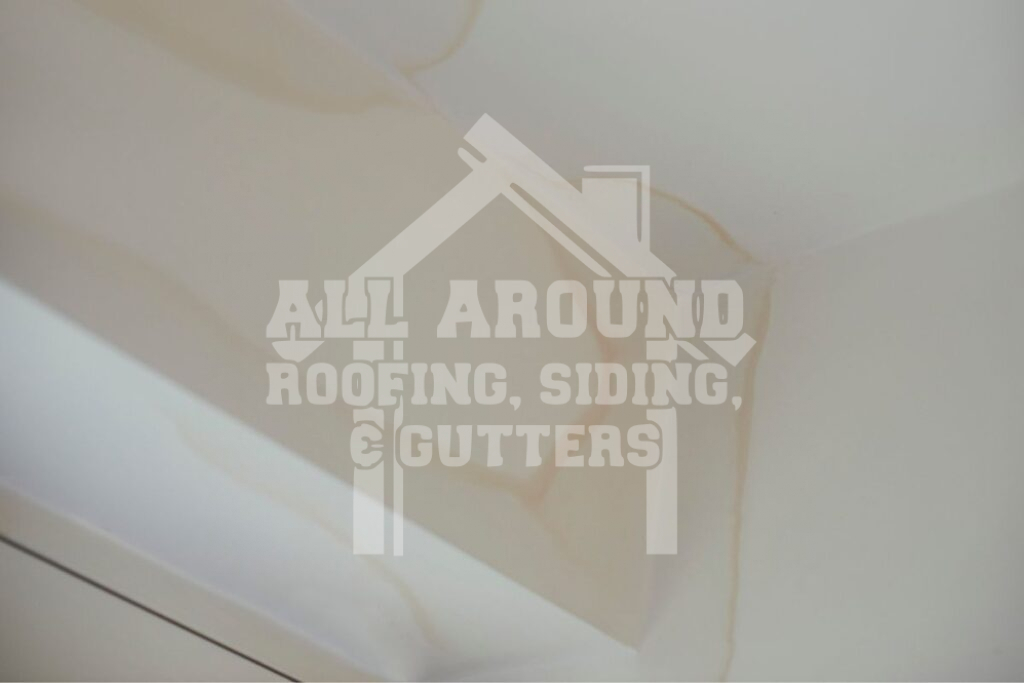
After a prolonged downpour, water stains on your ceilings indicate that your roof may have sustained wind damage. These leaks might be the result of compromised flashing or damaged shingles. A roofing expert should handle the repair of wind-damaged shingles as soon as possible.
6. Debris on the Roof
Look for branches or leaves on your roof following a storm. This debris can cause problems with the roof’s drainage system, which, over time, can worsen roof damage. Buildup in valleys or other roof parts can also result in leaks.
What Are The Causes Of Wind Damage To A Roof?
- Wind Speed: Strong winds can push or lift shingles off roofs during storms or hurricanes.
- Roof Condition: Because of weak points, loose shingles, or deteriorating materials, older or poorly maintained roofs are more susceptible to wind damage.
- Installation Quality: Improper installation, such as using incorrect materials or insufficient fastening, weakens a roof’s resistance to wind forces.
- Roof Design: A roof’s shape and slope influence its vulnerability to wind damage, steeper roofs are typically more resilient.
- Location: Buildings that are exposed to constant wind, like coastal regions or open plains, are more vulnerable.
- Debris and Overhanging Trees: Overhanging trees and debris can exacerbate wind damage by creating impact damage or increasing resistance.
- Maintenance: By maintaining the roof’s integrity, routine inspections and repairs of loose or damaged shingles help reduce future wind damage.
Can Wind Damaged Roof Shingles Be Repaired, Or Do They Need Replaced?
Wind-damaged shingles can be repaired as long as the damage is minor. In such cases, shingles may need to be replaced or resealed individually. However, if the damage is severe or jeopardizes the roof’s structural integrity, it might be necessary to replace it.
As stated by the National Severe Storms Laboratory, winds above 50-60 mph can cause severe damage to roofs, making consulting with a professional roofer important because they can evaluate the damage and determine the best course of action. Repairs should be made immediately, as putting them off could result in more damage and leaks.
How To Prevent Wind Damage To Shingles
- Professional Installation: Ensure that a professional does the installation correctly to minimize the risk of wind damage.
- Regular Maintenance: Schedule inspections to catch issues early and prevent wind damage.
- Wind-Resistant Shingles: Use shingles designed for high winds for added durability.
- Add Bracing: Reinforce the structure for extra stability during storms.
- Hurricane Straps: Install straps to anchor the roof and prevent uplift.
- Resilient Materials: Opt for impact-resistant shingles or metal roofing systems.
- Clear Downspouts: Ensure they’re free of debris to prevent water damage.
- Gutter Guards: Install gutters guards to prevent buildup and maintain water flow.
Can Wind Damage Cause A Roof Shingle To Crease Vertically?
When wind pressure is applied to roof shingles, it can cause them to fold vertically. Wind damage symptoms like tearing, warping, and lifting are caused by this upward folding. Higher wind forces can cause such creasing, especially in vulnerable areas like ridges, hips, and eaves. The impact of wind-induced pressure is indicated by these creases, which appear as darker lines along the length of the shingles.
What Can You Do If You Notice Wind Damage To Shingles During A Storm?
Start by taking pictures of the damage to your shingles so your insurance company can see them. Next, get an estimate for repairs and an inspection from a local roofer. Look at your insurance policy, and if necessary, contact your provider to file a claim.
Take all the preventive measures and hire a roofing company with experience filing insurance claims for replacements or repairs, and make sure the company offers warranties. Remain alert because wind damage can strike any homeowner out of the blue.
Does Home Insurance Cover Wind Damage To Shingles?
Homeowners’ insurance policies frequently cover wind damage to shingles. This protection covers a range of wind-related problems, such as missing or lifted shingles. However, it is important to understand that issues caused by improper installation—which can make the roof more susceptible to wind damage—may not be covered by insurance.
Furthermore, depending on the policy details and local regulations for roof replacements, the coverage amount for shingle damage may vary. You should carefully review your insurance policy to understand the exact coverage for wind-related shingle damage.
Protect Your Roof From Wind Damage With All Around Roofing, Siding & Gutters
Wind damage on shingles is a common threat that can compromise your roof’s integrity and your home’s safety. Familiarizing yourself with the signs of wind damage and taking proactive measures can safeguard your investment and provide peace of mind. Prompt action is key to avoiding costly repairs.
For exceptional storm damage roofing services and expert assistance in addressing wind damage, trust All Around Roofing, Siding & Gutters. Our dedicated team is equipped to safeguard your home against severe weather damage, ensuring lasting protection and peace of mind. Call us at (937) 902-2839 to schedule a free roof storm damage inspection.


